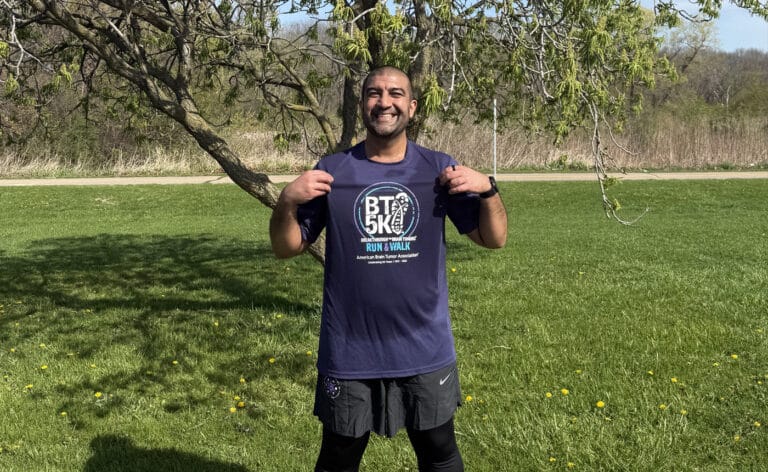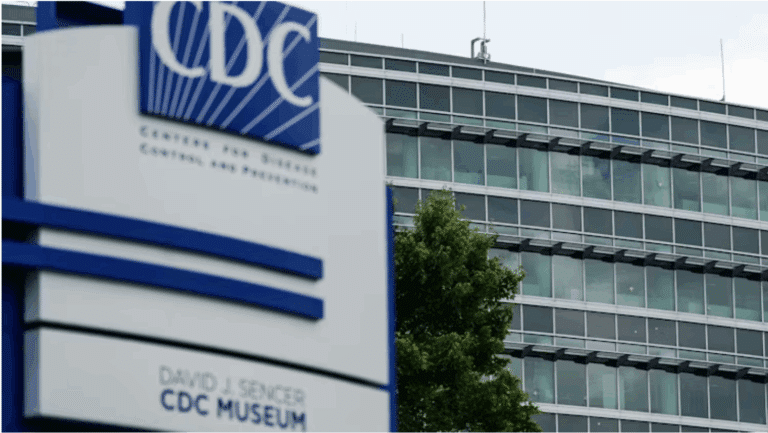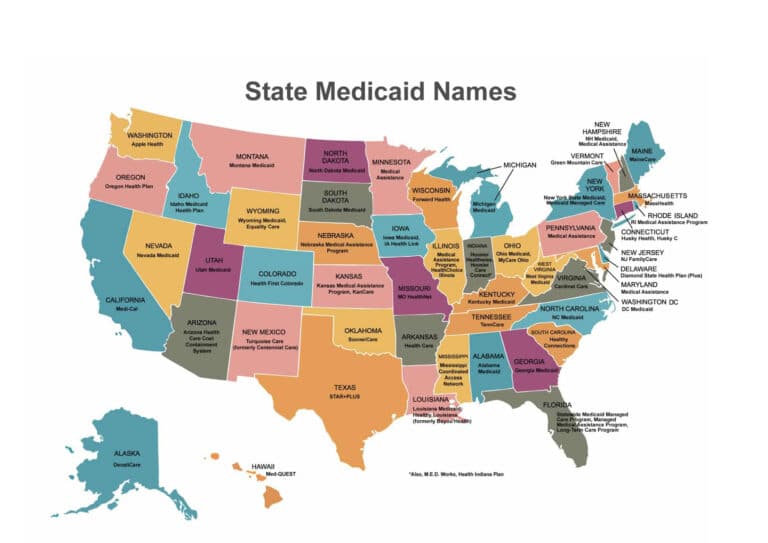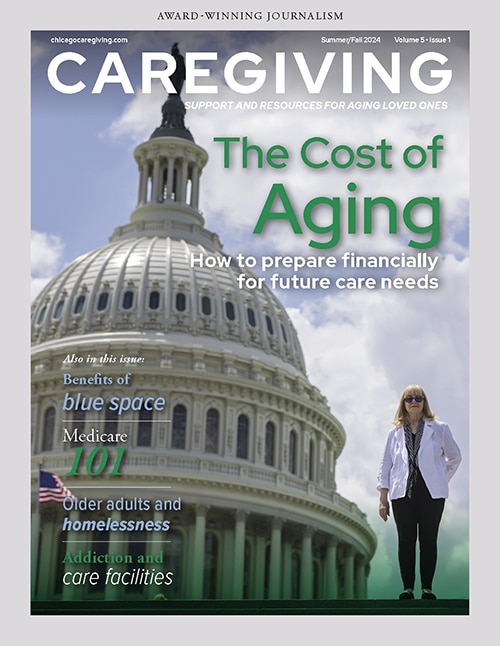By Kimberly Lankford, Kiplinger Retirement Report
You may be feeling the post-summer blues, but don’t let the doldrums keep you from making money-saving Medicare moves. Although it’s easier just to keep your current Medicare Part D prescription-drug plan or your Medicare Advantage plan, it’s best to look at all the options for 2016 during open enrollment from October 15 to December 7.
It’s an especially good time to consider changes. Drug prices are rising and provider networks for Advantage and individual plans are narrowing. Also, about 30 percent of beneficiaries of traditional Medicare are likely to face big hikes in premiums for Part B in 2016 — an incentive to shop around for a cheaper Part D or Advantage plan.
Be sure to review the notice that you received in September from your Part D or Advantage plan. The notice explains changes in coverage and costs. Even a small change, such as a new cost-sharing level for one of your drugs, can substantially raise your out-of-pocket costs. “For a specific person with particular needs, a plan could get markedly better or worse,” says Casey Schwarz, policy and client services counsel for the Medicare Rights Center.
Part D drug plan
First, make sure your drugs are included in the plan you’re considering. Insurers are paring their formularies and dropping coverage of some expensive options. “They’re getting more aggressive with drugs on their formulary exclusion list,” says Amanda Forys, director for reimbursement strategy for Xcenda, a health care consulting firm.
Although the average premium for Part D is expected to remain at about $33 a month, your out-of-pocket costs could increase significantly. “People so often focus on the premium, and in many cases the premium may not be a good proxy for the costs throughout the year,” says Tricia Neuman, a senior vice-president of the Kaiser Family Foundation.
Look at the share of the costs you will have to pay for each drug. Insurers are charging consumers as much as 30 percent to 50 percent of the cost for specialty drugs. For example, before you even reach the Part D “doughnut hole” coverage gap, you may have to pay $300 to $2,000 out of your pocket each month for some common specialty drugs, such as Copaxone (for multiple sclerosis) and Enbrel (for rheumatoid arthritis), according to the Kaiser Family Foundation.
Most insurers have also increased cost sharing for drugs in the nonpreferred and preferred brand-name drug categories — rising to a median of $85 from $55 over the past decade for a 30-day supply of nonpreferred brand-name drugs, Neuman says. And more plans are switching from fixed-dollar co-payments to co-insurance, which is based on a percentage of the cost. Your share under co-insurance is typically 20 percent to 40 percent of the cost. “You could go to the pharmacy and find that you’re not paying $50 anymore — you’re paying quite a bit more,” says Colin Shannon of Avalere Health, a health care consulting firm.
Insurers are also imposing more restrictions on the use of brand-name drugs, such as requiring prior authorization from your doctor or requiring you to try lower-cost drugs first (known as step therapy). Before switching plans, find out if there are any hurdles before the insurer will cover your brand-name drugs.
Ask your doctor if you can switch to a generic drug or other lower-cost option before you pick a plan for 2016. “The cost sharing for preferred generic drugs has actually gone down,” Neuman says. The median cost of a 30-day supply is $2 for preferred generics and $5 for nonpreferred generics. The plan that offers the best deal for brand-name drugs may be different than the one offering the best deal for generics.
You’ll need to pay a larger portion of the price for your drugs when you hit the doughnut hole. In 2016, your Part D plan will provide coverage until your drug expenses reach $3,310 (including both your share and the insurer’s share of the costs). You then have to pay 45 percent of the cost of brand-name drugs and 58 percent of the cost of generics yourself. “If you take a specialty drug, you could blow through the doughnut hole in one month,” Forys says. When your out-of-pocket costs reach $4,850, your plan kicks back in, and you’ll just have to pay 5 percent of your covered drug costs.
You can compare plans available in your area with the Medicare Plan Finder at www.medicare.gov/find-a-plan. Type in your drugs and dosages, and you’ll see the premiums and total out-of-pocket costs for your specific drugs over the year, including a monthly breakdown of your costs.
Also see if you can save money by using a plan’s preferred pharmacies. “There has been an explosion of preferred pharmacy networks over the past four years,” says John Lee, senior director of Medicare Part D for Walgreens. You may have to pay 35 percent of the cost of certain brand-name drugs at preferred pharmacies, but 50 percent at other pharmacies, for example.
The difference can add up, even for generic drugs. If you use two common generic drugs (such as Lisinopril for high blood pressure and Metformin for Type 2 diabetes), you’d pay $24 out of pocket over the year at a preferred pharmacy versus $192 at a nonpreferred pharmacy, according to Walgreens.
Advantage plans
Instead of getting a Part D plan and a Medigap supplemental insurance policy (more on Medigap later), you can get both medical and drug coverage through a private Medicare Advantage plan. These plans tend to have lower premiums than the combination of Medigap and Part D. Average monthly premiums are $38 in addition to Part B premiums, and some plans don’t charge a premium beyond Part B. The plan may also provide dental and vision care. But the Advantage plan may have more out-of-pocket costs, as well as limited provider networks.
The costs, coverage and networks can change from year to year. “It’s easy to focus on premium, but it’s hugely important to make sure you have access to the doctors you want to see, and the drugs and pharmacy you use,” says Avalere’s Shannon. Cost sharing also varies from plan to plan.
As with Part D plans, it’s essential to check the costs of drugs in Advantage plans. Cost sharing for brand-name drugs increased by about 70 percent for Advantage plans from 2006 to 2014, with the median co-payment at $95 for nonpreferred brand-name drugs and $45 for preferred brand-name drugs, according to the Kaiser Family Foundation. Many Advantage plans are also switching to percentage-based co-insurance for specialty and brand-name drugs.
To compare costs for all of the plans in your area, use the Medicare Plan Finder. After you list your drugs and dosages, you’ll be taken to another page. On the left panel, you can refine your search by your health status (excellent, good and poor), for example. Then click on “Medicare Health Plans with drug coverage.”
Compare premiums as well as deductibles for your drugs and various medical services. You can also compare cost-sharing for services and supplies that you use, such as podiatry and mental health care. Also compare the out-of-pocket maximum.
Check out the plan’s star ratings, which measure customer service and access to care. Very few plans have the top 5-star rating, but plans with 4 and 4 stars are usually good, too.
In addition to using the Plan Finder, you can review analyses of plans offering best values in your area for good, fair and poor health levels at MedicareNewsWatch.com.
Find out if your key doctors and hospitals are included in the plan’s network. Plans can change provider networks every year, so don’t assume that your doctors in your current plan will be included in 2016.
Also ask what happens if you go out of network. Some HMO plans don’t let you use non-network providers except for emergencies. Some preferred-provider plans (PPOs) let you go out of network, but charge much larger out-of-pocket costs.
Supplemental insurance. You may be able to save money by reassessing your Medigap plan, which fills in many of traditional Medicare’s gaps, such as co-payments. People tend to keep their original Medigap policies because insurers can charge them more or reject them because of their health if they apply more than six months after enrolling in Part B. (There is no medical underwriting if you apply within that time frame.) Medigap doesn’t have an annual open enrollment period. But you may still be able to reduce your premiums significantly by switching to another plan if you’re relatively healthy — and some states let you switch regardless of your health.
Medigap plans are sold by private insurance companies in 10 standardized benefit designs, named A through N. Premiums can vary enormously from company to company, even though each letter plan has the same coverage. A 65-year-old Colorado man, for example, could pay from $1,529 to $3,667 per year for Plan F, the most popular plan, according to Weiss Ratings. You can compare prices for plans in your area using the Medigap search tool at Medicare.gov or at your state insurance department Web site (go to www.naic.org for links). You do not need a Medigap policy if you have an Advantage plan.
You may also be able to cut your premiums by switching to a plan with more cost sharing. “The Medigap policies that cover everything can be very attractive, but a person could be overinsured and paying more than they need to for their premiums,” says Aaron Tidball, Medicare operations manager for Allsup, which helps people choose plans.
Plan F also has a high-deductible version, where you pay $2,180 out of your pocket before Medigap pays anything. The premiums can be much lower than the standard version, as little as $348 a year for the Colorado man, according to Weiss. Your current insurer may let you switch to a high-deductible version without any medical questions.
Also consider Plan N, which offers low premiums in return for some cost sharing. The coverage is similar to Plan F, but you have to pay the $147 Part B deductible plus a $20 co-pay for each physician visit and $50 for each emergency room visit. The 65-year-old man could pay as little as $1,081 a year for Plan N, according to Weiss. Some insurers may let you switch to a plan with more cost sharing without a medical exam.
Kathleen Hogue, a medical claims specialist in Twinsburg, Ohio, had been covered by her husband’s retiree health plan, but the cost had increased significantly. She already had Part B, so she was beyond the six-month Medigap enrollment period that prohibited medical underwriting. Because she was healthy, she qualified for a Plan N policy that saved her $600 over the year. “I’ve only had two doctors’ visits so far this year, so I’m still ahead by taking Plan N,” she says.













